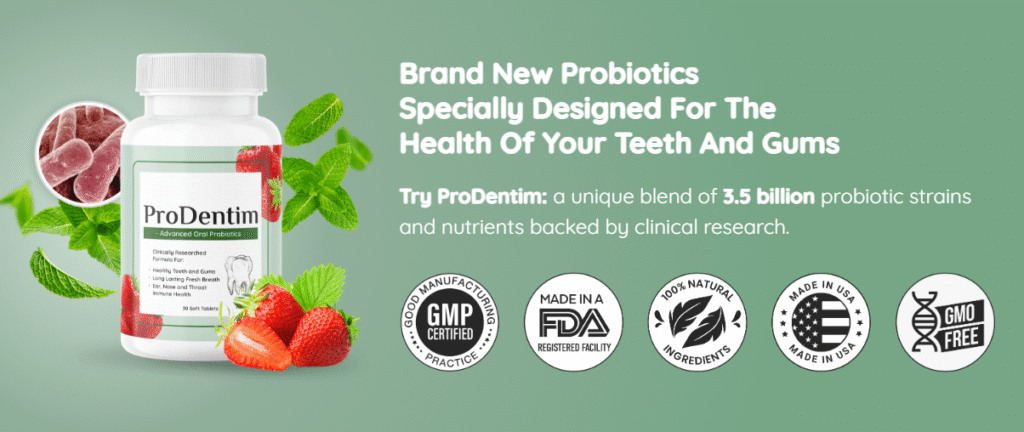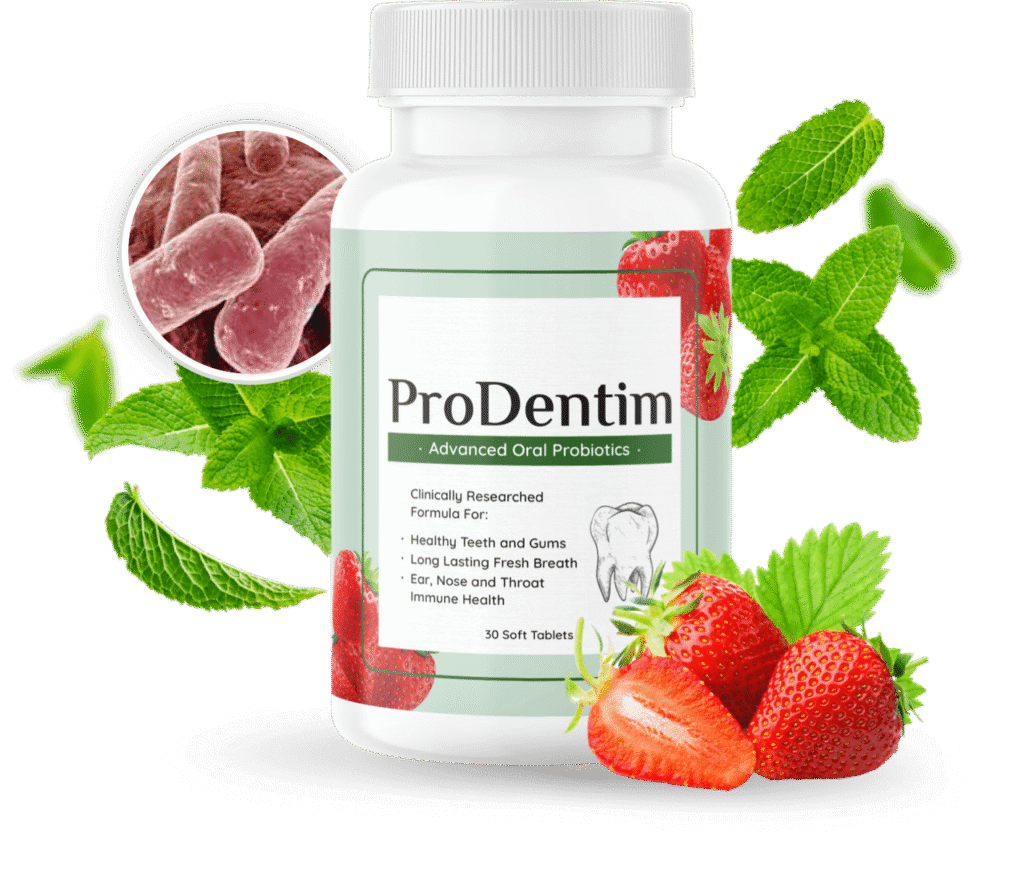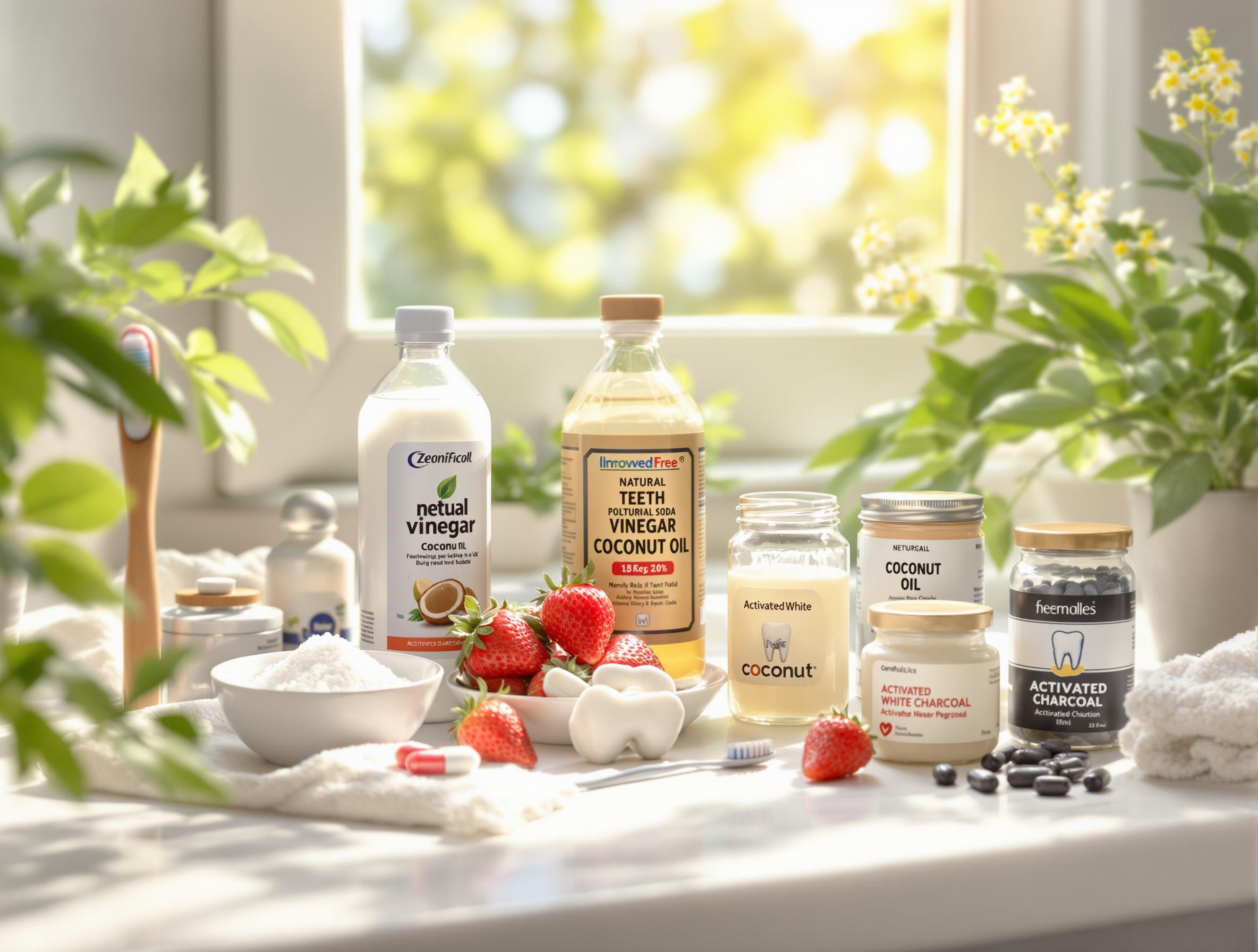In today’s world, a radiant smile is often seen as a symbol of confidence and vitality. Yet, for many of us, achieving and maintaining those pearly whites can be a challenge, especially with the daily consumption of tooth-staining culprits like coffee, tea, and red wine. Thankfully, you don’t have to resort to costly professional treatments to whiten your teeth. With the rise of natural and accessible methods, home teeth whitening has become a viable and popular option. In this article, we delve into five proven strategies for teeth whitening at home, offering you effective solutions to brighten your smile naturally. Whether you’re seeking to avoid harsh chemicals or simply want to explore more sustainable practices, these methods are designed to help you achieve a whiter smile from the comfort of your home. Are you ready to discover how you can whiten teeth naturally and confidently? Let’s explore the transformative world of home teeth whitening.

Understanding Teeth Discoloration
Common causes of teeth staining
Understanding the root causes of teeth discoloration is essential for effective natural teeth whitening at home. Many of us strive for that radiant smile, but did you know that common culprits like coffee, tea, and red wine can lead to significant teeth staining? These beverages contain chromogens, which are deeply pigmented molecules that adhere to dental enamel. Additionally, tobacco use, whether smoking or chewing, is notorious for leaving brownish stains on teeth. Poor dental hygiene can also contribute to discoloration as plaque and tartar build-up create a yellowish tint over time. Recognizing these factors is the first step toward achieving that brighter smile without leaving your home. Are there specific habits you could change to help maintain your teeth’s natural whiteness?
Impact of diet and lifestyle
Your diet and lifestyle choices play a pivotal role in the color of your teeth, and understanding this can help you in whitening teeth naturally. Acidic foods and drinks, while not directly staining, can erode enamel, making teeth more susceptible to discoloration. Sugary snacks and carbonated beverages contribute to this effect by promoting decay and plaque buildup. Additionally, habits like irregular brushing or not flossing can prevent effective stain removal. A shift towards a balanced diet rich in water, fibrous fruits, and vegetables can promote saliva production, which naturally cleanses your teeth. Lifestyle changes such as quitting smoking or moderating consumption of staining beverages can also make a significant difference. Are you ready to consider these changes for a healthier, whiter smile?
Benefits of Whitening Your Teeth Naturally
Avoiding harsh chemicals
Choosing to whiten your teeth naturally means you can avoid the risks associated with harsh chemical treatments often found in whitening products. These chemicals can lead to tooth sensitivity and enamel erosion, which are common concerns for many. By opting for home teeth whitening techniques, such as using baking soda or hydrogen peroxide-based solutions in moderation, you can achieve a brighter smile without compromising the health of your teeth. Additionally, natural remedies are often more cost-effective and easily accessible, allowing you to maintain your oral hygiene routine conveniently at home. Isn’t it reassuring to know you can brighten your smile without the worry of chemical exposure?
Boosting self-confidence
A brighter, whiter smile is a powerful confidence booster, allowing you to present yourself with renewed assurance in social and professional settings. Natural teeth whitening methods not only enhance your appearance but also contribute to your overall well-being. With improved self-esteem, you’ll find yourself smiling more often, which can positively impact your interactions with others. Home teeth whitening techniques, like oil pulling or using activated charcoal, offer a gentle yet effective approach to achieving the smile you desire. Why not start your journey towards a naturally radiant smile today and feel the difference it makes in your confidence? To further enhance your oral care routine, consider trying ProDentim, a product recommended for its effective results.
Method 1: Baking Soda and Hydrogen Peroxide Paste
How to use safely
When considering natural teeth whitening methods, using a baking soda and hydrogen peroxide paste is a popular choice for whitening teeth at home. To use this method safely, start by mixing a small amount of baking soda with hydrogen peroxide to form a paste. Be sure to maintain a balanced ratio to avoid irritation—about half a teaspoon of baking soda with a few drops of hydrogen peroxide is ideal. Once mixed, apply the paste to your toothbrush and gently brush your teeth in a circular motion for no longer than two minutes. It’s important to rinse your mouth thoroughly with water afterward to remove any residue. Always ensure that the mixture isn’t too abrasive to prevent enamel damage. Are you ready to explore this natural teeth whitening solution and see noticeable changes in your smile?
Frequency of use
To maximize the benefits of this home teeth whitening method without compromising oral health, limit the use of the baking soda and hydrogen peroxide paste to two or three times a week. Frequent use can lead to enamel erosion and increased tooth sensitivity, so moderation is key. By incorporating this routine consistently, you can achieve visible results while ensuring the safety and health of your teeth. Additionally, it’s wise to monitor your teeth and gums for any signs of irritation or discomfort; if any issues arise, reduce usage or consult a dental professional. Have you considered how maintaining this balance can lead to a brighter, healthier smile over time?
Method 2: Coconut Oil Pulling
Steps for oil pulling
Coconut oil pulling is a time-tested method that can help whiten teeth naturally while also promoting oral health. To begin, take a tablespoon of organic coconut oil, preferably in liquid form, and swish it around in your mouth for about 15 to 20 minutes. The key is to gently move the oil between your teeth, ensuring it reaches all areas of your mouth without swallowing it. Once the time is up, spit the oil into a trash can, not the sink, to avoid clogging pipes. Rinse your mouth with warm water and brush your teeth thoroughly to remove any residual oil. This process, when repeated daily or at least several times a week, can lead to noticeable results over time. Curious about other natural teeth whitening methods? Keep reading to discover more!
Scientific backing
While coconut oil pulling may seem like just another home remedy, science backs its effectiveness in improving oral hygiene and helping in teeth whitening at home. Research suggests that the lauric acid in coconut oil can reduce plaque formation, which is often responsible for teeth stains. This natural teeth whitening method also promotes gum health due to its antimicrobial properties, making it a dual-action solution for whitening teeth naturally and maintaining overall oral hygiene. Studies show that regular oil pulling can decrease oral bacteria, thereby reducing the risk of cavities and plaque build-up. Have you considered incorporating oil pulling into your oral care routine for whiter, healthier teeth?
Method 3: Apple Cider Vinegar Rinse
Preparation and application
Apple cider vinegar (ACV) is a popular choice for those seeking natural teeth whitening solutions at home. To prepare an effective rinse, dilute a small amount of apple cider vinegar with water—typically, one part vinegar to two parts water. This dilution helps to maintain the vinegar’s whitening properties while minimizing its acidity on your teeth. Swish the solution around in your mouth for about 30 seconds, making sure it comes into contact with all the surfaces of your teeth. After rinsing, it’s important to brush your teeth with regular toothpaste to remove any residual acid, which can be harmful if left on the enamel. Incorporate this rinse into your oral hygiene routine once or twice a week for optimal results. Ready to see your smile brighten naturally? Try this easy at-home method and enjoy the benefits of a more radiant grin.
Potential side effects
While apple cider vinegar is a powerful natural teeth whitening agent, it’s essential to be aware of potential side effects. The acidic nature of vinegar can erode tooth enamel if used excessively or undiluted, leading to increased tooth sensitivity over time. To mitigate this risk, it’s crucial to adhere to the recommended dilution and frequency of use. Additionally, always follow up with brushing to neutralize acidity and protect enamel integrity. If you experience any discomfort or notice heightened sensitivity, it might be wise to reduce usage frequency or consult with a dental professional. Are you considering incorporating apple cider vinegar into your whitening routine? Stay informed and protect your smile while enjoying the benefits of a natural whitening approach.
Method 4: Strawberry and Baking Soda Mixture
Recipe and application
Discovering natural ways to whiten teeth at home can be both easy and effective. One popular method involves using a strawberry and baking soda mixture. To prepare this simple homemade remedy, start by mashing one ripe strawberry with a fork until it forms a smooth paste. Add half a teaspoon of baking soda to the mashed strawberry and mix them well. This natural teeth whitening paste leverages the malic acid found in strawberries, which helps remove surface stains on teeth. Apply the mixture to your toothbrush and gently brush your teeth for about two minutes. Once done, rinse thoroughly with water. This teeth whitening method should be used sparingly, no more than once a week, to avoid overexposure to the acid and baking soda. Are you ready to let your smile shine naturally?
Effectiveness
The effectiveness of using a strawberry and baking soda mixture for teeth whitening at home can be surprisingly impressive. Many people are turning to this natural method due to its ability to brighten teeth without the harsh chemicals found in some commercial products. The malic acid in strawberries works as a natural astringent, helping to remove discoloration, while baking soda acts as a mild abrasive that polishes teeth. Together, they create a formidable duo that can lead to a noticeably whiter smile with consistent use. While not as potent as professional treatments, this natural teeth whitening technique is a great option for those seeking a gentle, at-home solution. For even better results, consider incorporating ProDentim into your oral care routine, a product known for enhancing overall dental health and supporting natural whitening. Would you give this natural approach a try?
Method 5: Activated Charcoal
How to apply
Activated charcoal has gained popularity as a natural teeth-whitening remedy that can be easily used at home. To apply, start by wetting your toothbrush and dipping it into activated charcoal powder. Gently brush your teeth in small circles for about two minutes, ensuring that the charcoal covers all surfaces. Spit out the charcoal and rinse your mouth thoroughly with water. Following this, brush your teeth with your regular toothpaste to remove any remaining charcoal residue. This method is effective in removing surface stains and can be used once or twice a week for best results. For those seeking a brighter smile without harsh chemicals, activated charcoal offers a natural alternative that fits into any home teeth whitening routine. If you’re curious about the results, why not give it a try and see the difference for yourself?
Precautions to take
While activated charcoal is celebrated for its natural teeth whitening abilities, it’s important to use it with caution to protect your tooth enamel. Overuse can lead to enamel erosion, so limit application to once or twice a week. Always use a soft-bristled toothbrush to prevent abrasion and be gentle while brushing. It’s also advisable to consult with a dentist before starting any new teeth whitening regimen, especially if you have sensitive teeth or existing dental work. By taking these precautions, you can enjoy the benefits of whitening teeth naturally with activated charcoal, all while maintaining the health of your teeth and gums. Considering all these points, are you ready to safely incorporate activated charcoal into your home teeth whitening routine?
Comparing Home Whitening Methods: Pros and Cons
Effectiveness
When it comes to home teeth whitening, effectiveness varies across different methods. Whitening strips, for example, are popular for their ease of use and ability to lighten teeth by several shades within a few weeks. However, the results may not be as long-lasting as one might hope. On the other hand, natural teeth whitening methods, such as using baking soda or hydrogen peroxide, promise a gentle approach. While they may take longer to show visible results, they are often favored by those seeking to whiten teeth naturally without harsh chemicals. It’s crucial to consider your expectations and how quickly you want to see results when choosing a method. Have you tried any of these techniques, and if so, how effective were they for you?
Safety and Cost
Safety is a primary concern when whitening teeth at home, as some products can cause sensitivity or gum irritation. Whitening strips and gels, although effective, can potentially lead to discomfort if overused. Conversely, natural teeth whitening methods are generally safer, though they might lack the potency of their chemical counterparts. Cost is another significant factor; while professional treatments can be expensive, home teeth whitening methods offer a range of budget-friendly options. Products like whitening strips or pens are affordable, but frequent use might add up over time. Balancing safety, cost, and desired results is key to choosing the best method for your teeth. What are your priorities when it comes to teeth whitening at home?
Maintaining Your Newly Whitened Teeth
Dietary changes
After achieving your desired level of whiteness, it’s crucial to adopt dietary changes that help maintain the brightness of your teeth. Foods and drinks such as coffee, tea, red wine, and berries are known culprits for staining. Consider minimizing their consumption or use a straw to limit contact with your teeth when possible. Additionally, incorporating crunchy fruits and vegetables like apples and carrots can naturally scrub your teeth, promoting a bright smile. Including dairy products in your diet can also be beneficial, as they contain lactic acid, which helps protect teeth against decay. As you enjoy these dietary tweaks, ask yourself: What small adjustments can you make today to help maintain your radiant smile?
Oral hygiene tips
Enhancing your oral hygiene routine is another essential step in preserving the brilliance of your newly whitened teeth. Brush at least twice a day with a quality toothpaste recommended by dental professionals, such as ProDentim, known for its effective whitening properties. Don’t forget to floss daily to remove any plaque buildup between your teeth, which can lead to discoloration. Mouthwash can also be a great addition to your regimen, offering an extra layer of protection against stains. Regular dental check-ups are vital for early detection of potential issues. Embrace these habits and reflect: Are your current oral care practices sufficient to maintain the natural whiteness you’ve achieved?
Common Myths About Home Teeth Whitening
Debunking popular misconceptions
When it comes to home teeth whitening, misconceptions abound, leading many to doubt the effectiveness of whitening teeth at home. One common myth is that natural teeth whitening methods are too weak to produce noticeable results. However, in reality, many natural products and techniques can effectively whiten teeth naturally without harsh chemicals. Another prevalent myth is that home teeth whitening solutions cause significant enamel damage. This misconception can deter individuals from trying effective at-home methods. In truth, when used properly, products like whitening strips or baking soda are safe and gentle on enamel.
Furthermore, some people believe that only professional treatments can yield real results, but with advancements in home whitening kits, it’s possible to achieve brighter smiles from the comfort of home. Debunking these myths encourages individuals to explore teeth whitening at home confidently. So, why not take control of your dental health and dispel these myths by trying home methods today?
Expert Opinions on Natural Teeth Whitening
Dentist reviews
When it comes to whitening teeth at home, dentist opinions are invaluable. Many dental professionals emphasize the effectiveness of natural teeth whitening techniques that can be safely applied without professional oversight. For instance, Dr. Grace, a respected figure in the dental community, suggests using natural ingredients like baking soda and hydrogen peroxide as mild abrasives to help scrub away stains and improve oral hygiene. Additionally, dentists often recommend maintaining regular oral care routines, including thorough brushing and flossing, to complement any teeth whitening efforts at home. By following these guidelines, you can achieve a brighter smile without compromising dental health. Are you incorporating these methods into your daily routine to enhance your smile?
Consumer experiences
Consumer experiences play a crucial role in assessing the effectiveness of natural teeth whitening methods. Many individuals have shared their success stories of whitening teeth naturally, often citing methods like oil pulling with coconut oil or using activated charcoal as effective solutions. These firsthand accounts highlight not only the improvements in teeth brightness but also a noticeable reduction in oral sensitivity. Consumers appreciate the affordability and accessibility of these methods, as they allow for whitening teeth at home without the need for expensive treatments. As you embark on your journey to whiten teeth naturally, consider exploring these consumer-tested methods to find what works best for you. Have you tried any of these techniques, and what has been your experience?
When to Consider Professional Whitening Options
Signs you may need professional help
While home teeth whitening can be very effective, there are certain signs that suggest it might be time to consider professional options. If you notice persistent discoloration that doesn’t seem to improve with at-home treatments, or if you experience heightened sensitivity after using whitening products, these could be indicators that professional intervention is warranted. Additionally, uneven results from home treatments, or the presence of dental restorations like crowns and veneers that don’t respond to whitening, might require expert attention. Consulting with a dental professional can provide clarity on the underlying cause of stubborn stains and explore advanced whitening solutions tailored to your specific needs. Don’t compromise on your dental health; seeking professional advice can ensure you’re using the most effective methods for your unique situation. Have you noticed signs that your current whitening regimen isn’t meeting your expectations?

When considering a more natural approach to teeth whitening, ProDentim presents a compelling option worth exploring. ProDentim is a specially formulated product designed to enhance oral health while also contributing to the whitening of teeth naturally. Unlike some other products, it emphasizes a gentle yet effective approach, integrating beneficial probiotics to support oral microbiome balance. This helps in maintaining overall dental health and can lead to visibly whiter teeth over time. Users of ProDentim have reported noticeable improvements in the brightness of their smiles, with additional benefits like reduced sensitivity and fresher breath. If you’re seeking a product that aligns with natural oral care principles and delivers substantive whitening results, ProDentim could be your solution. Ready to transform your smile with a product that supports both health and aesthetics?
Conclusion
In conclusion, achieving a whiter smile doesn’t necessarily require expensive professional treatments. By understanding the causes of teeth discoloration and making informed dietary and lifestyle changes, you can effectively whiten your teeth naturally from the comfort of your home. Methods such as using baking soda and hydrogen peroxide, coconut oil pulling, apple cider vinegar rinses, strawberry and baking soda mixtures, and activated charcoal offer accessible and affordable alternatives to commercial products. These natural techniques not only brighten your smile but also promote overall oral health without the harsh chemicals that can lead to sensitivity and enamel damage. However, it is crucial to use these methods in moderation to avoid any adverse effects.
Furthermore, maintaining a consistent oral hygiene routine and making strategic dietary adjustments can help sustain the results of your natural whitening efforts. While home remedies can produce significant improvements, it’s important to recognize when professional guidance may be necessary, especially if you encounter persistent stains or increased sensitivity. Consulting with a dental professional ensures you receive tailored advice for your unique needs, potentially integrating products like ProDentim for enhanced results. Embrace the journey to a radiant, healthy smile by choosing methods that align with your preferences and lifestyle, and enjoy the confidence that comes with a brighter, naturally white smile.




